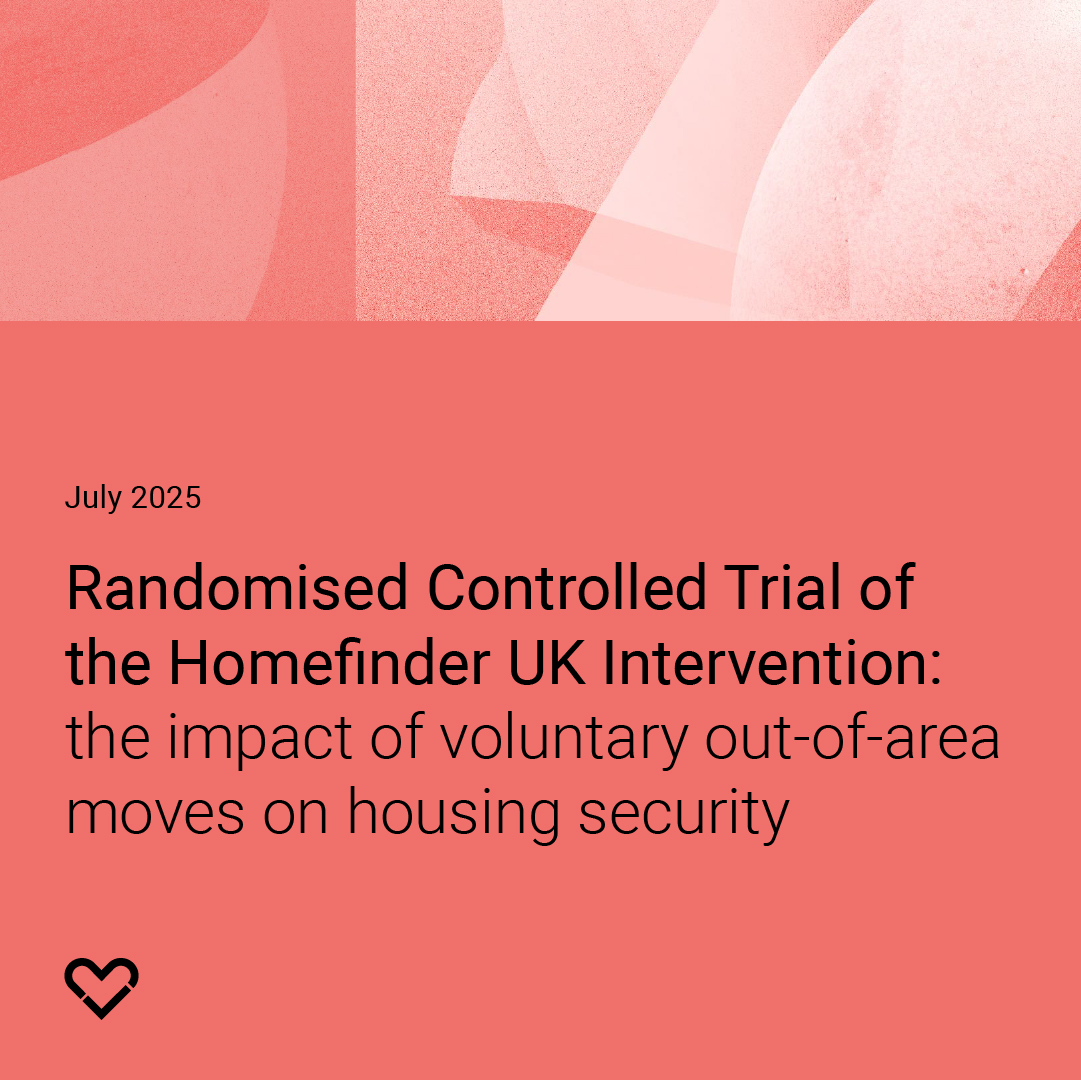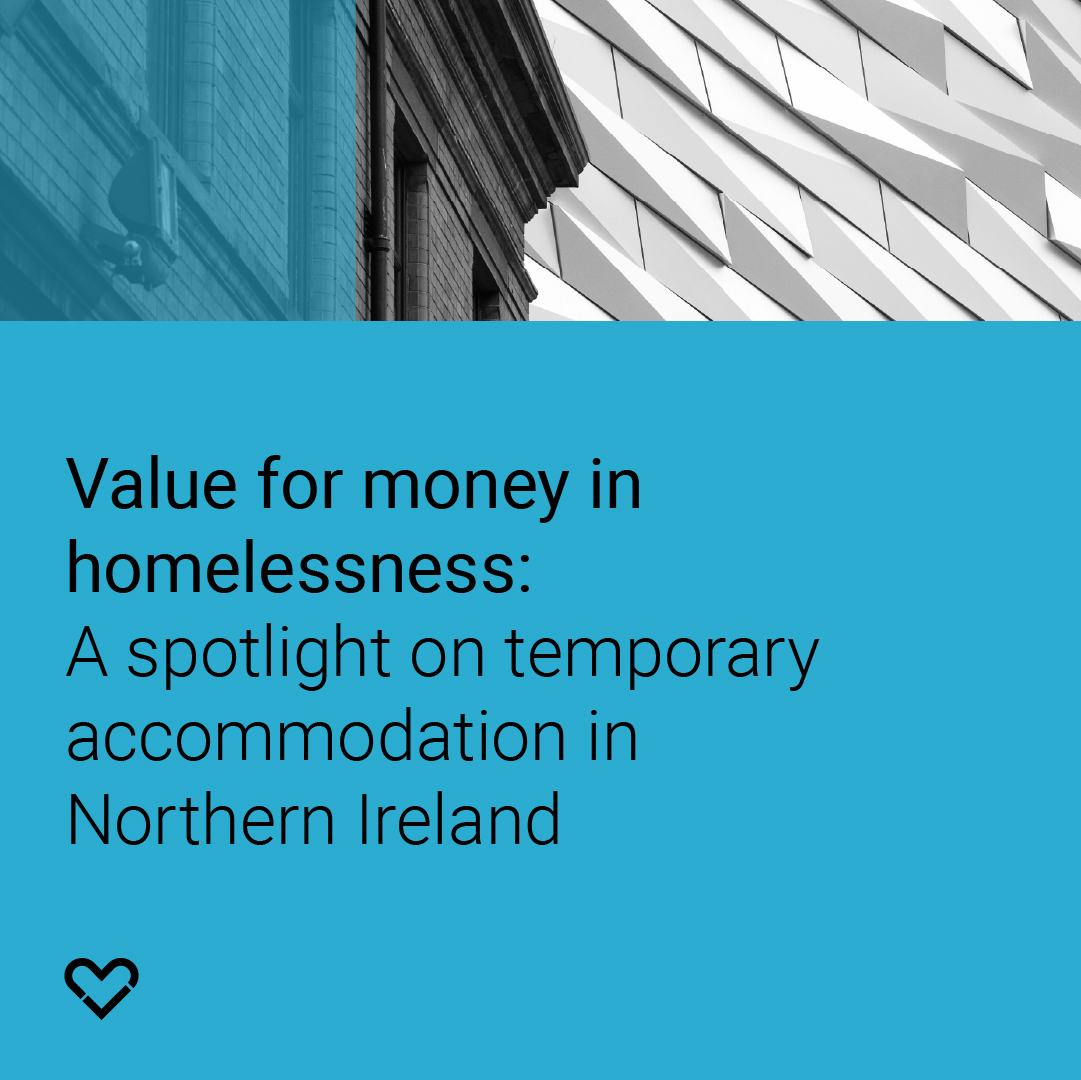What Works Evidence Notes: Employment
Outline of the study
This evidence review examines the relationship between homelessness and employment, focusing on street homelessness and single homelessness. The research synthesises evidence from multiple studies and government programmes to understand employment patterns among people experiencing homelessness and to evaluate the effectiveness of interventions designed to help people find and sustain work.
The review addresses unemployment as a risk factor for homelessness and the barriers that homelessness creates for finding and maintaining employment. It examines government employment programmes, specialist interventions such as Individual Placement Support (IPS), and innovative approaches, including outcomes-based commissioning, which target housing and employment outcomes simultaneously.
Findings in brief:
- Employment rates are dramatically lower among people experiencing homelessness than the wider population: in 2020/21, only 23% of households accessing homelessness services included someone in work, compared to 86.5% within working-age UK households
- Rates of employment are even lower within the street homeless population. A government survey indicates that 93% of people with recent experience of street homelessness were unemployed - though 80% had been employed at some point previously
- In the same survey, only 4% of UK nationals experiencing street homelessness were in work, compared to 17% of non-UK nationals. This may indicate increased vulnerability to homelessness for non-UK nationals if they lose their job
- Precarious employment is a risk for some people experiencing homelessness trying to re-enter the jobs market and this prevents them from fully moving away from homelessness.
- Economic trends don't directly correlate with homelessness: unemployment fell between 2010 - 2019, whilst street homelessness rose during this period
- Multiple studies confirm that most people experiencing homelessness want to work, despite facing significant barriers
- Individual Placement Support (IPS) has better employment outcomes for some groups of vulnerable people than traditional alternatives
- Outcomes-based commissioning shows promise: the Fair Chance Fund achieved a 33% employment rate for young people with high support needs, with 57% of these people sustaining full-time work for 13 weeks.
Recommendations in brief:
- Implement rapid re-engagement support to prioritise a quick return to work for people closer to the labour market. This should also include providing stable accommodation
- Expand Individual Placement Support (IPS) for people experiencing street homelessness, prison leavers and people with multiple support needs
- Expand outcomes-based commissioning, including the Fair Chance Fund approach,rewarding providers for achieving both housing and employment outcomes
- Expand Housing Options personal housing plans to include employment support, connection with work coaches and local employment opportunities
- Ensure on-going support after job placement to help people sustain employment and avoid returning to homelessness
- Conduct rigorous assessments of voluntary sector-run employment programmes to identify the most effective and cost-effective approaches
- Provide funding for local authorities to design and test innovative employment interventions with in-built evaluation.





.jpg)

